The best travel spots for brides-to-be
Hen parties don’t have to involve phallic-shaped pasta and regrettable outfits. More zen, less hen, the following five finds from Mr & Mrs Smith will calm any Bridezilla’s nerves before the big day – and possibly have her reconsidering her honeymoon plans, too! All you need to do? Pack your girl gang.

THE SLATE, Phuket, Thailand
The Slate is inspired by Phuket’s industrial mining heritage, but you won’t need to bring a head torch. The only thing you’ll be mining here is the hotel’s arsenal of attractions: two adults-only pools, an indulgent spa and a blissful beach. If you’ve bagged a private pool villa, sink into your pool for skinny dips and Jacuzzi trips, before soaking up the sun in sunken loungers – with champagne on ice, naturally. And if you’re on a mission to keep fit for the big day, take part in yoga, t’ai chi, Pilates, Muay Thai and more.
Smith Extra: Free return airport transfers
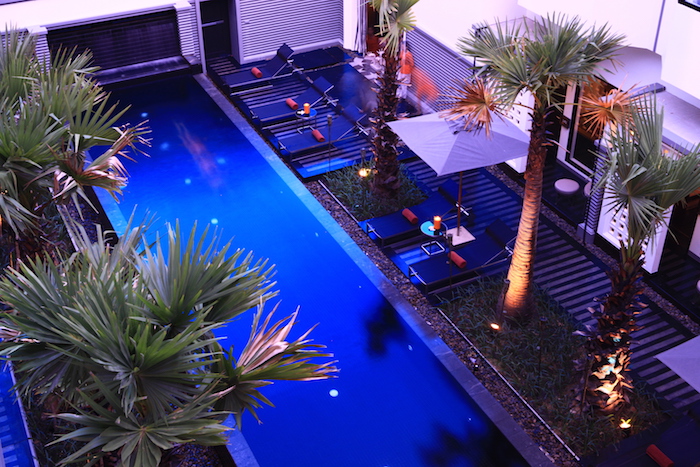
SHINTA MANI CLUB, Siem Reap, Cambodia
Make like Lara Croft (minus the hot pants-and-guns combo, perhaps) and head to Shinta Mani Club in Siem Reap. Tick off eye-boggling cultural lures at Angkor’s dazzling temples; after your adventures, you’ll definitely have earned a treatment or two in the calming spa (the energising Khmer Coffee Scrub, using white clay and coffee beans from Ratanakiri Province, left us buzzing). Sign up for one of Shinta Mani’s yoga or cookery classes – if you can pull yourselves away from fine dining in swing seats (yes, really) or cocktails at the Pool Bar.
Smith Extra: A ‘Chef’s Recommendation’ tasting menu for two, excluding alcohol
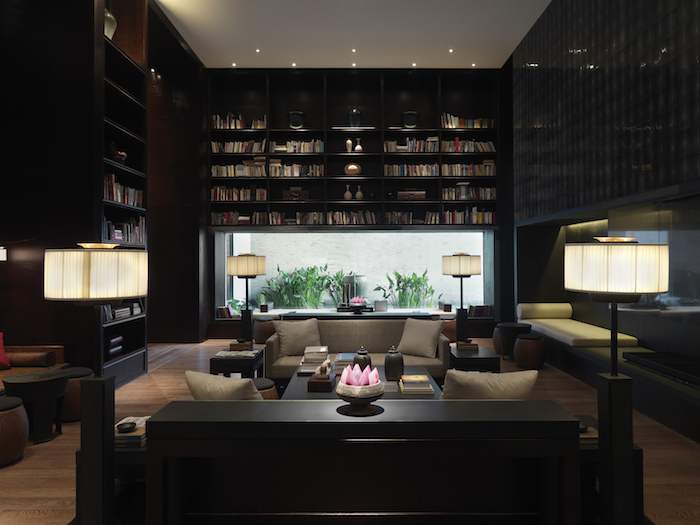
THE PULI HOTEL AND SPA, Shanghai, China
Tea gets a ravishing rethink at the PuLi Hotel, whose considerable charms include a brew-themed spa (forget PG Tips – we’re talking green-tea wraps, white-tea scrubs and rose-tea beautification packages). After Shanghai shopping sessions, you’ll be grateful for the sauna, steam room and Jacuzzi; Sichuan Spice cocktails at the sunken, 32-metre Long Bar should also put a pep in your step. Bed down in a Grand Studio, so you can watch the upscale world go by from your king-size bed or corner bath tub (each of these studios also has a lovely window seat with a tea set at the ready).
Smith Extra: Fresh fruit and chocolates on arrival
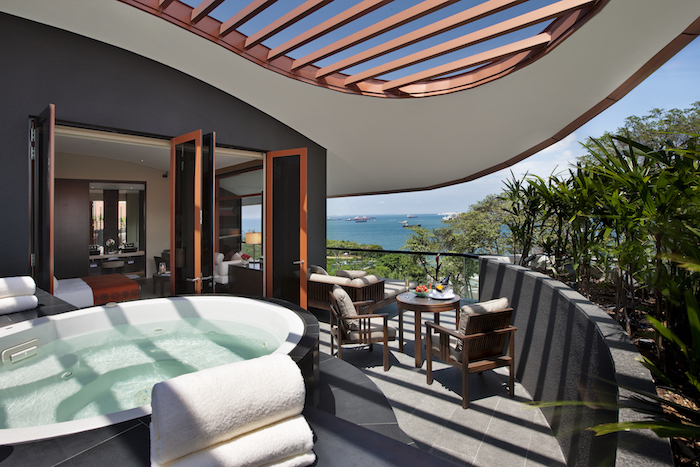
CAPELLA, Singapore
Join the peacocks parading amid Capella’s art-filled 30-acre grounds and give the birds a run for their money by packing your most glamorous of cocktail dresses! The inimitable Foster + Partners are responsible for this ravishing resort’s marriage of urban pizazz and colonial elegance; Indonesian designer Jaya Ibrahim conceived the rooms’ earthy hues and fuss-free feel. Singapore is one of the world’s hot spots when it comes to eating, drinking and shopping – but be sure to set aside some time for Capella’s award-winning Auriga Spa, whose treatments are designed around the cycles of the moon.
Smith Extra: English high tea for two at the Knolls
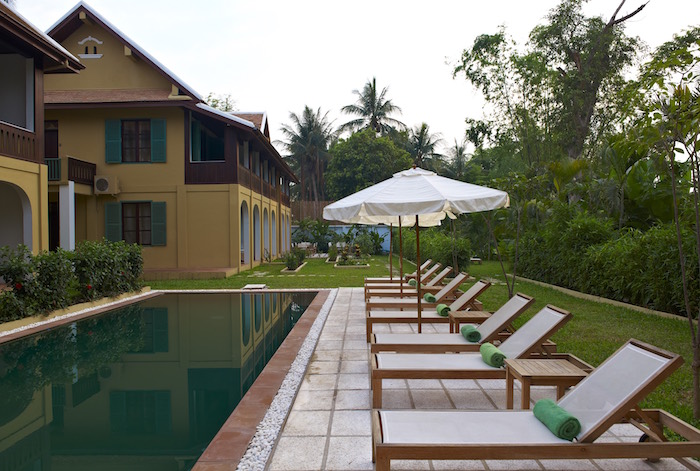
THE APSARA RIVE DROITE, Luang Prabang, Laos
Make like a gecko and idle away days on the sun loungers at the Apsara Rive Droite, a chic little hideaway with a peaceful waterside setting, designer furnishings and delicious food. You can expect plenty of peace and quiet, since little Smiths aren’t invited (teens are, mind) and there are just nine rooms, set across a pair of restored buildings. The restaurant has a small but mighty menu – try the dried beef and lemongrass salad, or spicy buffalo sausage – and the Rive Droite Bar rustles up rather luscious cocktail creations (lychee daiquiris, for example).
Smith Extra: Dinner for two at the hotel’s restaurant, excluding drinks
![]()
Mr & Mrs Smith gets you the best rates, guaranteed, as well as a little something extra on arrival at every hotel. To book, call toll free at 800 905 326 or visit mrandmrssmith.com.
Featured image sourced via Pinterest



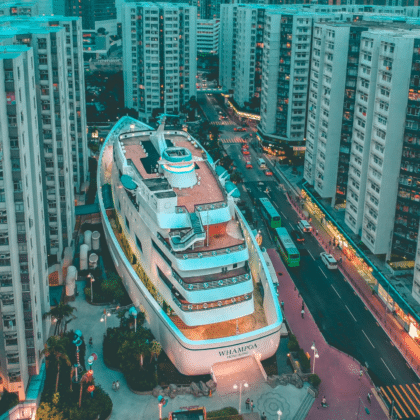

 Eat & Drink
Eat & Drink



 Travel
Travel



 Style
Style



 Beauty
Beauty



 Health & Wellness
Health & Wellness



 Home & Decor
Home & Decor



 Lifestyle
Lifestyle


 Weddings
Weddings




